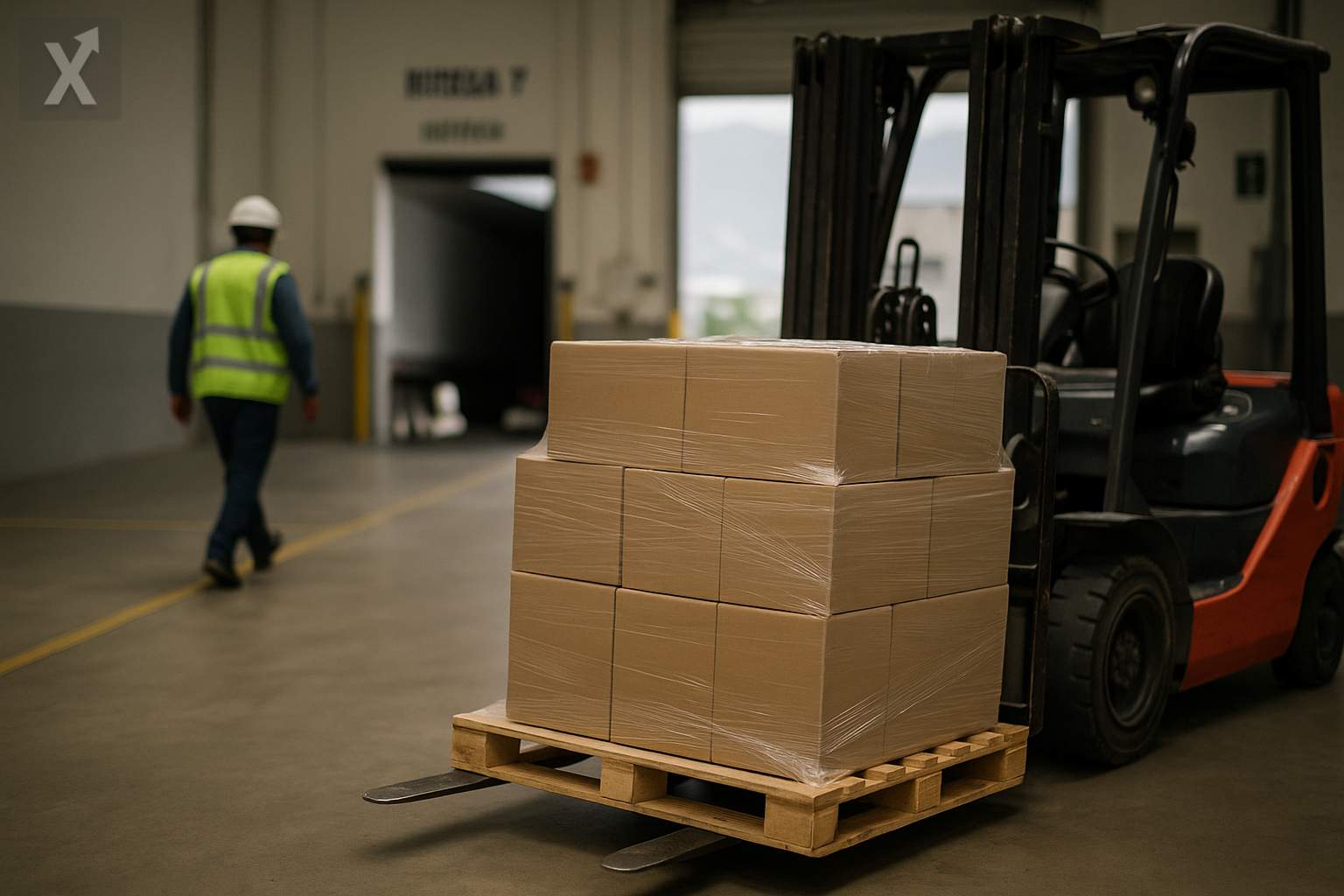Signs of Cooling in U.S. Employment Raise Vigilance Over Mexico’s Exports, Peso, and Remittances

The latest regional survey from the U.S. Federal Reserve (Beige Book) signals that more companies in the United States are cutting staff amid slowing demand and rising uncertainty. The report highlights cost pressures from more expensive imports and services—such as insurance and healthcare—along with workforce adjustments linked to investments in artificial intelligence technologies. For Mexico, whose economic cycle is closely tied to its main trading partner, the findings raise red flags on three fronts: manufacturing exports, the exchange rate, and remittance flows.
The Fed’s document describes economic activity as virtually flat in recent weeks, with a slight drop in retail spending and increased business caution. There are also more instances of workforce reductions through layoffs or not replacing open positions, and labor supply disruptions in sectors like agriculture, construction, and manufacturing due to changes in migration policies. Although the outlook does not suggest an abrupt contraction, expectations are growing among the Fed’s contacts that ongoing uncertainty will hold back investment and consumption decisions.
For Mexico, where about four-fifths of exports are destined for the United States, a slowdown in consumer spending and production north of the border could translate into fewer orders for export-oriented manufacturing—such as automotive, auto parts, electronics, electrical equipment, and machinery. Border states and clusters in the Bajío region are usually the first to feel any hit from declining external orders, which might be reflected in hours worked, capacity utilization, and IMMEX program flows.
At the same time, the phenomenon of supply chain relocation (nearshoring) continues to offer a structural buffer. The pipeline of industrial and logistics projects remains active, especially in northern and western Mexico. Nevertheless, if final demand in the U.S. softens, companies may begin to pace their investment timelines or expansion phases, focusing on operational efficiencies rather than rapid increases in capacity. On net, the long-term outlook remains positive, but the cyclical momentum could lose steam in the short term.
On the financial front, increased uncertainty in the United States tends to drive up exchange rate volatility. The peso—which has shown strength in recent years thanks to rate differentials, external balances, and investment inflows—could face correction episodes if risk appetite diminishes or if the market revises its expectations for Fed interest rates. For Banxico, this risk environment continues to require a cautious stance: exchange rate pass-through, import prices, and underlying inflation dynamics all condition the pace of any monetary adjustments.
Another important channel is remittances. A cooler U.S. job market—particularly in construction, services, and agriculture—could slow the growth of money sent to Mexico. Historically, these flows have proven resilient, but wage and employment dynamics among migrants are crucial for Mexican regions that highly depend on remittances, as these inflows support spending on basic goods, housing, and local services.
Changes in the U.S. labor supply related to migration adjustments can also have second-order effects on Mexico—from potential wage pressures in certain trades to possible return migration that reshapes regional labor markets. In agribusiness and construction, any changes in delivery times or logistical costs on the U.S. side ripple through the cross-border coordination of production chains.
Looking ahead, the performance of Mexico’s economy will depend on the interplay between external factors—such as consumption and investment trends in the U.S., import costs, and global logistics—and domestic variables like inflation, public and private investment, and formal job creation. Key indicators to watch include U.S. retail sales and manufacturing orders, as well as business and employment surveys in Mexico. A baseline scenario of moderate growth remains likely, but with downside risk if the U.S. slowdown deepens.
In summary, the Fed’s report suggests a less favorable external environment for Mexico: weaker demand in the United States, persistently high costs, and more cautious companies. While nearshoring offers structural support, the coming months could bring more exchange rate volatility and mixed signals in manufacturing and remittances. Prudent monetary policy and the Mexican economy’s ability to sustain investment and productivity will be crucial to navigating this phase.






